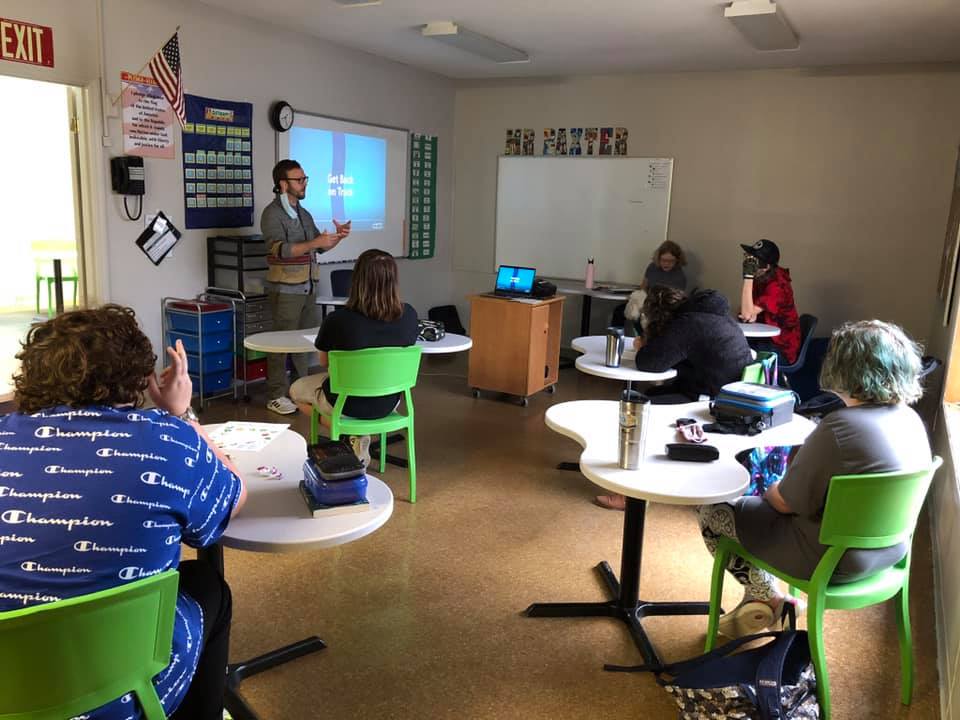Approach
The Jeremiah School curriculum is designed to meet the needs of students on the autism spectrum. Students with autism require a more holistic approach to their education, as their needs stretch far beyond traditional academics. At Jeremiah School we therefore have a three-part curriculum, which includes academics, but also focuses on social skills and life skills.

Our mission is to equip our students for the world outside school; to give them the skills, competencies, and confidence to live and work in their community as independently as possible. The curriculum encourages the development of relationships between the students, the staff, their families, the church, and the wider community.
Due to the very different needs of the students, the curriculum is highly individualized. Students may be taught on a 1:1 basis, or in small groups. For those students with college in mind, they follow a more typical high school curriculum utilizing outside tutors and other educational providers. For those who will be transitioning to work, they follow a curriculum that focuses on functional and work based skills.
High levels of anxiety and stress are very common in students with autism. Many students transitioning to Jeremiah School come in with high anxiety, a history of poor school experiences, and a distrust for adults. The top priority for these students is to reduce anxiety, build trusting relationships, and provide them with a safe place where they are respected and valued for the unique individuals they are. Only once this stress is reduced will these students be ready to learn and succeed in school.
The essential elements for creating a successful program are:
- Consistency of approach
- Clear expectations
- Highly trained staff
- Work that is meaningful and relevant
- Close and supportive relationships
- Developmentally modified academics
- Physical activity
- High interest projects
- Connection to the community
- Social pragmatic language training
- Functional living skills
A range of teaching methods and resources are used. Technology plays an important role, with use of an interactive whiteboard, iPads, and laptop computers. Software is carefully chosen to both teach new skills and assess progress. Teachers work with the whole class, small groups, and individuals; students also have the opportunity to work in pairs and groups to develop their ability to cooperate and use their social skills.
